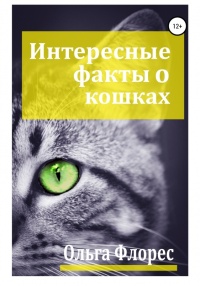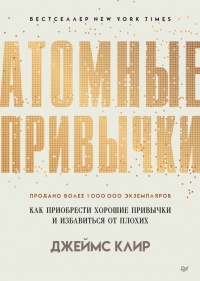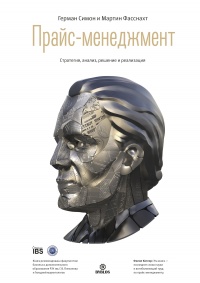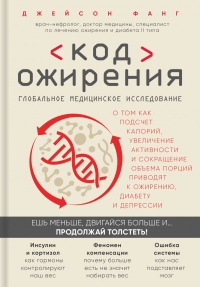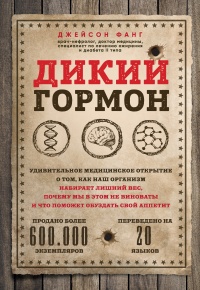Читать книгу "Загадка падающей кошки и фундаментальная физика - Грегори Гбур"
Шрифт:
Интервал:
Закладка:
Volterra, V. «Sui moti periodici del polo terrestre». Atti della Reale Accademia delle scienze di Torino, 30:547–561, 1895.
Volterra, V. «Sulla rotazione di un corpo in cui esistono sistemi ciclici». Atti dell’Accademia Nazionale dei Lincei, 4:93–97, 1895.
Volterra, V. «Sulla teoria dei moti del polo nella ipotesi della plasticità terrestre». Atti della Reale Accademia delle scienze di Torino, 30:729–743, 1895.
Volterra, V. «Sulla teoria dei moti del polo terrestre». Atti della Reale Accademia delle scienze di Torino, 30:301–306, 1895.
Volterra, V. «Sulla teoria dei movimenti del polo terrestre». Astronomische Nachrichten, 138:33–52, 1895.
Volterra, V. «Sul moto di un sistema nel quale sussistono moti interni variabili». Atti dell’Accademia Nazionale dei Lincei, 4:107–110, 1895.
von Beckh, H. J. A. «Experiments with Animals and Human Subjects under Sub and Zero-Gravity Conditions during the Dive and Parabolic Flight». Journal of Aviation Medicine, 25:235–241, 1954.
Wagstaff, K. «Purr-plexed? Cats Teach a Robot How to Land on Its Feet». Today, October 14, 2016. Online.
Walker, C., C. J. Vierck Jr., and L. A. Ritz. «Balance n the Cat: Role of the Tail and Effects of Sacrocaudal Transection». Behavioural Brain Research, 91:41–47, 1998.
Walter, W. G. «An Imitation of Le». Sc e tific American, pages 42–45, May 1950.
Weber, R. L. More Random Walks Science. Taylor and Francis, New York, 1982.
Weed, L. H. «Observations upon Decerebrate Rigidity». Journal of Physiology, 48:205–227, 1914.
Wehrey, C. «Hubble and Copernicus», November 8, 2012. Verso: The Blog of the Huntington Library, Art Collections, and Botanical Gardens, http://huntingtonblogs.org/2012/11/hubble-and-copernicus/.
Whitney, W. O., and C. J. Mehlhaff. «High-Rise Syndrome in Cats». Journal of the American Veterinary Medical Association, 191:1399–1403, 1987.
Whitsett, C. E., Jr. Some Dynamic Response Characteristics of Weightless Man. Technical Report AMRL-TDR-63–18. Aerospace Medical Research Laboratories, Wright-Patterson Air Force Base, OH, 1963.
Whittaker, C. «Vito Volterra. 1860–1940». Obituary Notices of Fellows of the Royal Society, 3:691–729, 1941.
«Why Cats Always Land on Their Feet». Current Opinion, 17:42, 1895.
Wojciechowski, B., I. Owczarek, and G. Bednarz. «Freezing of Aqueous Solutions Containing Gases». Crystal Research and Technology, 23:843–848, 1988.
Woodruff, T. O. «WoodruffLetter» (Letter to Jack Hetherington), November 26, 1975. Jack’s Pages, P. I. Engineering.com, http://xkeys.com/PIAboutUs/jacks/FDCWillard.php.
Woods, G. S. «Stables, William Gordon». In Oxford Dictionary of National Biography. Oxford University Press, Oxford, 2004.
The World of Wonders. Cassell, London, 1891.
Wright, J. M. Alma Mater; or, Seven Years at the University of Cambridge. Black, Young and Young, London, 1827.
Wright, W. Flying, pages 87–94, March 1902.
Yamafuji, K., T. Kobayashi, and T. Kawamura. «Elucidation of Twisting Motion of a Falling Cat and Its Realization by a Robot». Journal of the Robotics Society of Japan, 10:648–654, 1992.
Yeadon, M. R. «The Biomechanics of Twisting Somersaults. Part III: Aerial Twist». Journal of Sports Science, 11:209–218, 1993.
Zhao, J., L. Li, and B. Feng. «Effect of Swing Legs on Turning Motion of a Freefalling Cat Robot». In Proceedings of 2017 IEEE International Conference on Mechatronics and Automation, pages 658–664, 2017.
Zhen, S., K. Huang, H. Zhao, and Y-H. Chen. «Why Can a Free-Falling Cat Always Manage to Land Safely on Its Feet?» Nonlinear Dynamics, 79:2237–2250, 2015.
Внимание!
Сайт сохраняет куки вашего браузера. Вы сможете в любой момент сделать закладку и продолжить прочтение книги «Загадка падающей кошки и фундаментальная физика - Грегори Гбур», после закрытия браузера.
